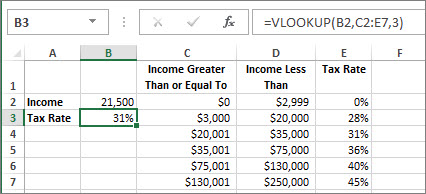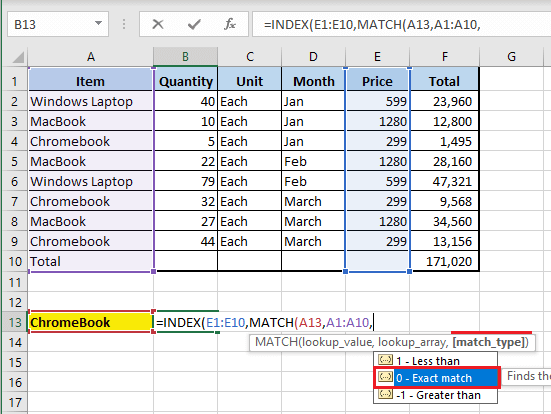

This is a pivotal point as 4 was the Row reference we were searching for in the INDEX formula. However, mostly this formula is used with the Value 0 so if you want an exact match it is highly advisable to type zero (0) as a habit. The default value for this part of the formula is 1.

The match_type part of the formula specifies how Excel matches lookup reference with values in lookup Range. The Lookup Range is the Range where that text or value is contained within. The Lookup Reference is the cell being searched for. MATCH( Lookup Reference, Lookup Range, Match Type) The syntax for the MATCH formula is as follows: For example we may search for the term Texas in the example given in Column D. The Match formula returns the row or column reference (A number) based on a set of criteria. Above 2010 population is column E and the reference starts in column D, so D is column 1 and E is column 2 in the range selected. Now we are incorporating the column reference to return the population. If we expand the reference for the table from Column D to include column G then we have a good portion of the table mapped.

Using the column in the above example to return the population for Texas in say 2010 is a matter of extending the range to cover more of the table and retuning the relevant column. What if we need a 2 Dimensional Reference NOTE - only row reference is required if you don’t need the column. We don’t need to use the column reference as we are just looking in a single column. As Texas is the forth item in the list a hard coded 4 is used as the ROW reference. The second part of the formula is to look for the Row number. So to use the INDEX formula we first isolate the cities in the vertical range. The formula uses the Excel INDEX and MATCH functions to return the value that is associated with Shop B and Milk. The state of Texas is the 4th item in the vertical list of cities. Using the Row offset as an example here is a very simple use of the INDEX formula.Ībove we have a set of cities and the idea is to choose one of the cities. The premise for the INDEX formula is it returns text or value within a range of values that meet certain location criteria. INDEX is the key behind the combo and it is remarkably simple. Let’s first split the two functions to see what they are both doing and see how together they make the perfect marriage of convenience. This article takes you through a range of examples where Excel’s INDEX and MATCH can help you lookup data in different ways. If you do manage to work your head around INDEX MATCH your ability to return data will be vastly improved over the VLOOKUP formula which is limited to looking up data to the right of the unique identifier. If you have any suggestions for an Excel Tips & Tricks topic, or you would like help with a particular function, please email and yours could be the next Tip of the Week.Īlchemex provides examples of MS Excel procedures for illustration only, without warranty expressed or implied, including but not limited to the implied warranties of merchantability and/or fitness for a particular purpose.The INDEX and MATCH formula is not as heavily used in Excel because it is a nested formula, a combination and I guess users find the process a little more long winded or confusing.



 0 kommentar(er)
0 kommentar(er)
